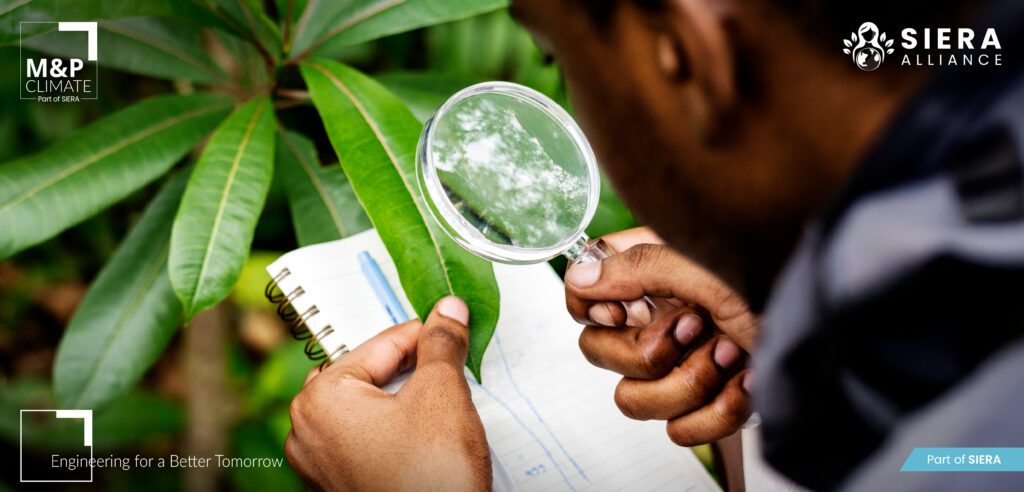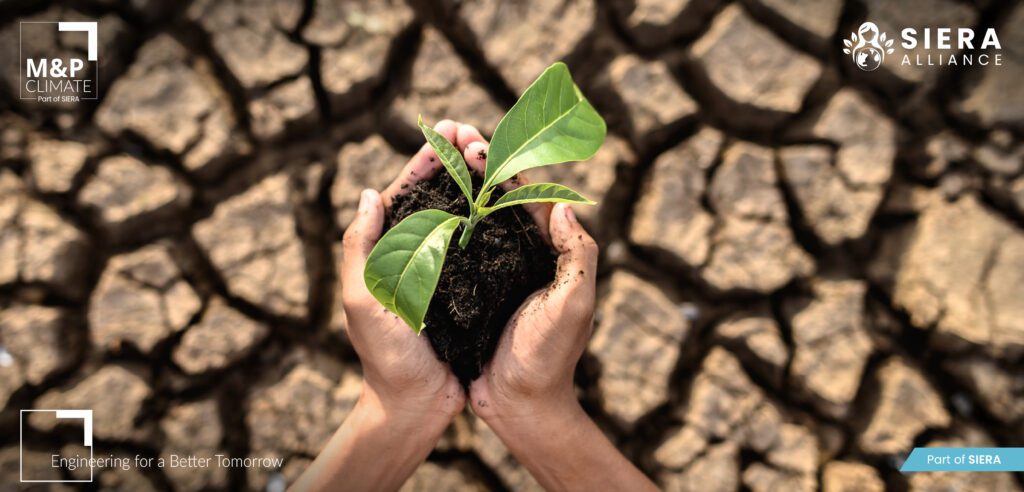In a world where sustainability and climate risk are becoming inseparable, businesses and policymakers face increasing pressure to integrate environmental challenges into their decision-making. Climate change is no longer a distant threat; it is a present reality shaping economies, supply chains, and global development. A robust climate risk management framework is essential to ensure resilience, compliance, and alignment with the Sustainable Development Goals (SDGs).
What Is Climate Risk Management?
At its core, climate risk management identifies, evaluates, and mitigates the threats posed by climate change to assets, operations, and communities. These risks are physical—such as floods, heatwaves, and storms—or transitional, including regulatory changes, market shifts, and reputational impacts. Effective climate change and risk management connects financial stability with ecological responsibility, helping organizations balance long-term growth with environmental protection.
Companies often turn to climate risk services and climate consulting to navigate these challenges. By embedding climate awareness into strategy, businesses not only reduce exposure but also strengthen competitiveness in an era of green transformation.
Understanding the Climate Risk Management Framework
A well-structured climate risk management framework typically includes:
- Risk Identification: Assessing exposure to climate hazards.
- Risk Analysis: Quantifying potential financial and operational impacts.
- Integration: Embedding risk insights into corporate strategy.
- Implementation: Developing tailored climate risk solutions for adaptation and mitigation.
- Monitoring & Reporting: Ensuring transparency through climate risk and sustainability reporting.
This framework aligns closely with global reporting requirements, particularly the Corporate Sustainability Reporting Directive (CSRD), Task Force on Climate-Related Financial Disclosures (TCFD), and the Paris Agreement.

Climate Risk Services in Practice
| Climate Risk Service | Purpose | Example |
| Climate Risk Assessment | Identify vulnerabilities in operations & assets | Site-level flood risk analysis |
| Climate Change and Carbon Risk Management | Address carbon pricing and emission liabilities | Carbon footprint audit |
| Climate Consulting | Provide strategic adaptation and mitigation | Net-zero transition roadmap |
| Climate Risk Policy | Align corporate actions with regulatory demands | CSRD-compliant reporting |
The Climate Risk Management Process
The process integrates climate change and carbon risk management into daily operations:
- Assessment – Conducting site-specific and portfolio-wide risk assessments.
- Scenario Planning – Modeling different climate futures to anticipate challenges.
- Policy Development – Establishing strong climate risk policies guided by the ministry of sustainable development climate change frameworks.
- Implementation – Applying resilience measures such as renewable energy, water management, and sustainable infrastructure.
- Review – Continuous monitoring and adjustment of measures.
Climate Risk and Sustainability Reporting
Transparent reporting is critical for credibility. Global investors and regulators increasingly demand robust disclosures of how organizations address climate risk sustainability. This reporting enhances accountability and demonstrates a commitment to both compliance and the UN SDGs.

The Role of Policy and Regulation
Governments and international bodies play a vital role in shaping climate change and risk management. Policies such as the EU Green Deal, CSRD, and guidelines from the ministry of sustainable development climate change establish frameworks for businesses to adopt sustainable practices. Effective climate risk policy ensures long-term adaptation and economic stability.
Best Practices of Effective Climate Risk Management
Organizations leading in this space often adopt the following practices:
- Integrating climate risks into corporate governance.
- Leveraging climate consulting expertise for strategic transformation.
- Using digital tools for real-time monitoring and climate risk assessment.
- Building resilience through nature-based solutions, renewable energy, and circular economy models.
- Engaging stakeholders through transparent sustainability reporting.
Managing climate risks is not just about compliance—it is about ensuring resilience in a rapidly changing world. A comprehensive climate risk management framework aligned with global sustainability goals helps organizations secure long-term growth, reduce vulnerabilities, and contribute to collective climate action. By investing in climate risk solutions and embracing climate change and carbon risk management, companies take a decisive step toward shaping a sustainable and future-ready economy. M&P Climate – part of SIERA supports businesses in navigating this complex landscape, offering expertise in risk assessments, consulting, and reporting. Together, we can align strategy with global sustainability goals and build resilience for generations to come.












